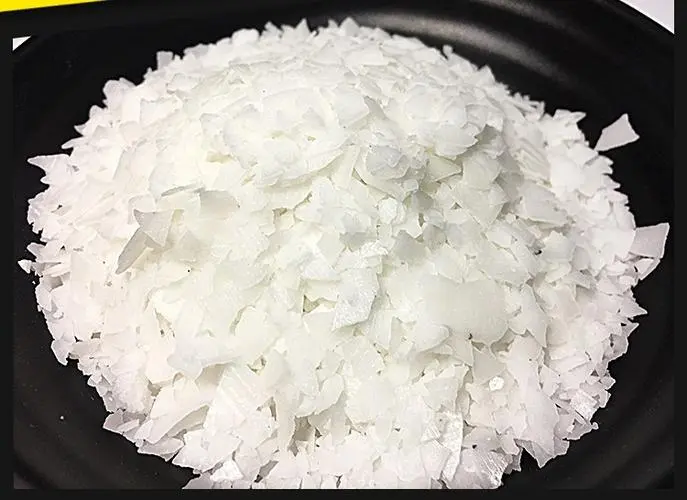**From Lab to Lungs: The Journey of Exogenous Surfactant**
(How Is Exogenous Surfactant Administered)
Breathing feels effortless. Your chest rises and falls without a second thought. But behind this simple act lies a hidden hero: surfactant. This slippery substance coats the tiny air sacs in your lungs, keeping them open so oxygen can slip into your blood. Sometimes, though, the body doesn’t make enough—especially in premature babies. That’s where exogenous surfactant steps in. But how does this lab-made lifesaver actually reach the lungs?
First, let’s talk about why it’s needed. Surfactant is like soap for the lungs. Without it, the air sacs stick together, making breathing a battle. Premature babies often lack this critical material. Doctors use exogenous surfactant—a copy of the real thing—to give their lungs a fighting chance. The challenge? Getting it deep into the lungs without causing harm.
The most common method is intratracheal instillation. This means placing surfactant directly into the windpipe. Imagine pouring medicine down a tiny straw. A thin tube is threaded through the mouth or nose into the trachea. The surfactant is slowly pushed through the tube. Gravity helps it trickle into the smaller airways. It’s precise but requires skill. Too fast, and the liquid might flood the lungs. Too slow, and it won’t spread evenly.
Timing matters. Babies on ventilators often get surfactant early. The ventilator keeps them breathing while the surfactant does its job. For older patients or those with lung injuries, the process is similar but adjusted for size. Think of it as a targeted delivery service—medicine straight to the problem area.
Another approach is aerosolized surfactant. This turns the liquid into a fine mist inhaled through a mask or ventilator. It’s less invasive, like breathing in foggy medicine. The idea is tempting: no tubes, no fuss. But turning thick surfactant into mist isn’t easy. The particles must be small enough to reach deep lungs but not so light they float away. Machines called nebulizers handle this, vibrating the liquid into tiny droplets.
Aerosol methods are still evolving. Some studies mix surfactant with helium to help it travel deeper. Others tweak the formula to make it mist-friendly. Progress is slow but steady. The goal? A method that’s gentle, effective, and works for all ages.
No matter the delivery, speed is key. Surfactant works best when given early. Delays can mean more lung damage, longer ventilator time, or worse. Doctors aim to act fast but stay calm. It’s a balance between urgency and care.
Research keeps pushing boundaries. New devices aim to spread surfactant more evenly. Some use catheters with multiple holes to spray the medicine like a showerhead. Others pair surfactant with gases that help it foam, coating more surface area. Even robotics are in the mix—tiny tools to place surfactant exactly where needed.
Cost is a hurdle. Synthetic surfactant isn’t cheap. Hospitals weigh expense against benefits, especially in resource-limited areas. Cheaper options are in development, but quality can’t be sacrificed.
The journey from lab to lungs is full of tiny victories. Every tweak to delivery methods saves lives. Scientists keep testing, adjusting, and dreaming up better ways. For now, exogenous surfactant remains a blend of old-school precision and cutting-edge innovation.
(How Is Exogenous Surfactant Administered)
The next time you take a breath, remember: science and medicine work hard to keep it simple. For those who can’t make their own surfactant, this journey—from lab shelves to delicate lungs—is nothing short of a miracle.
Inquiry us
if you want to want to know more, please feel free to contact us. (nanotrun@yahoo.com)




